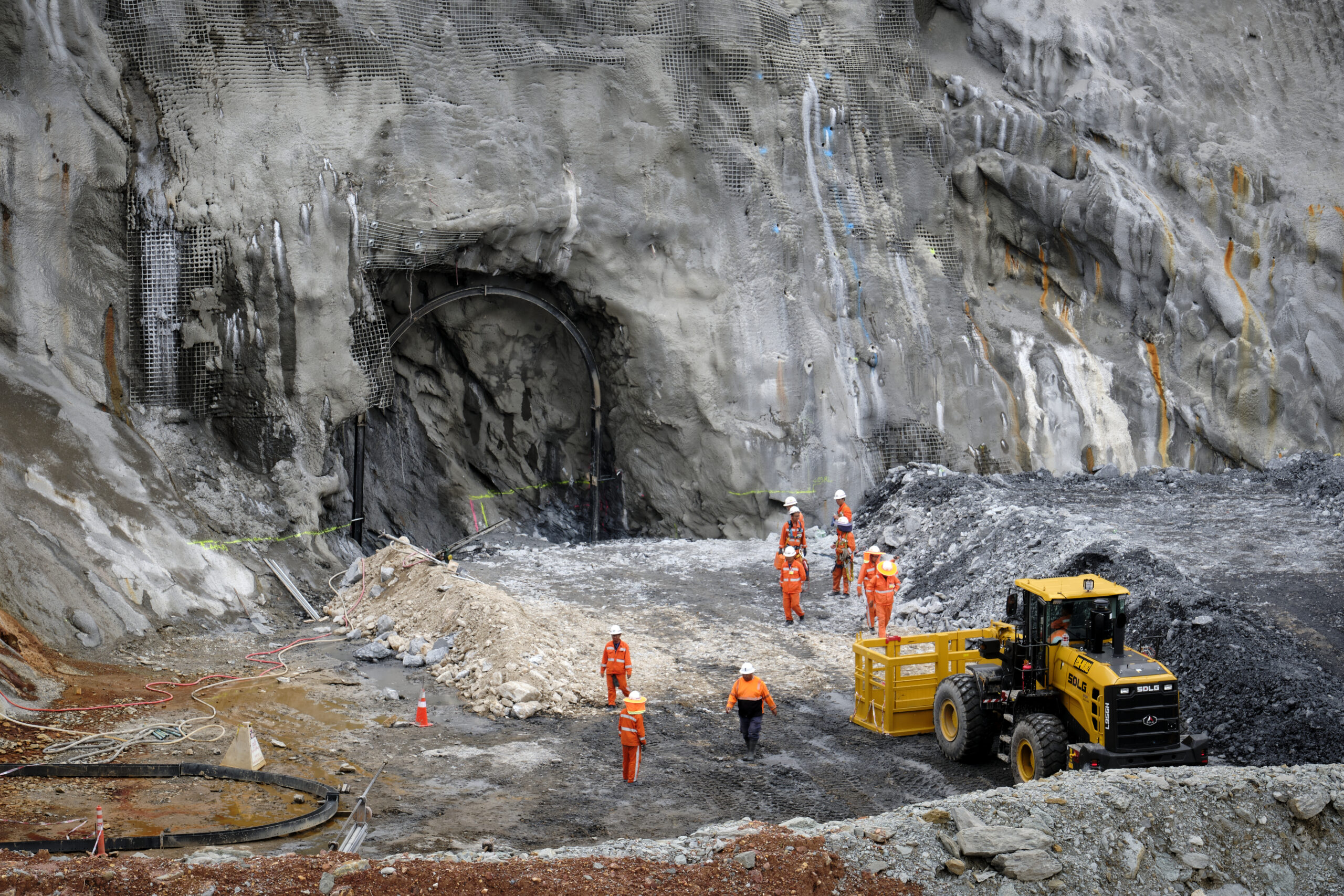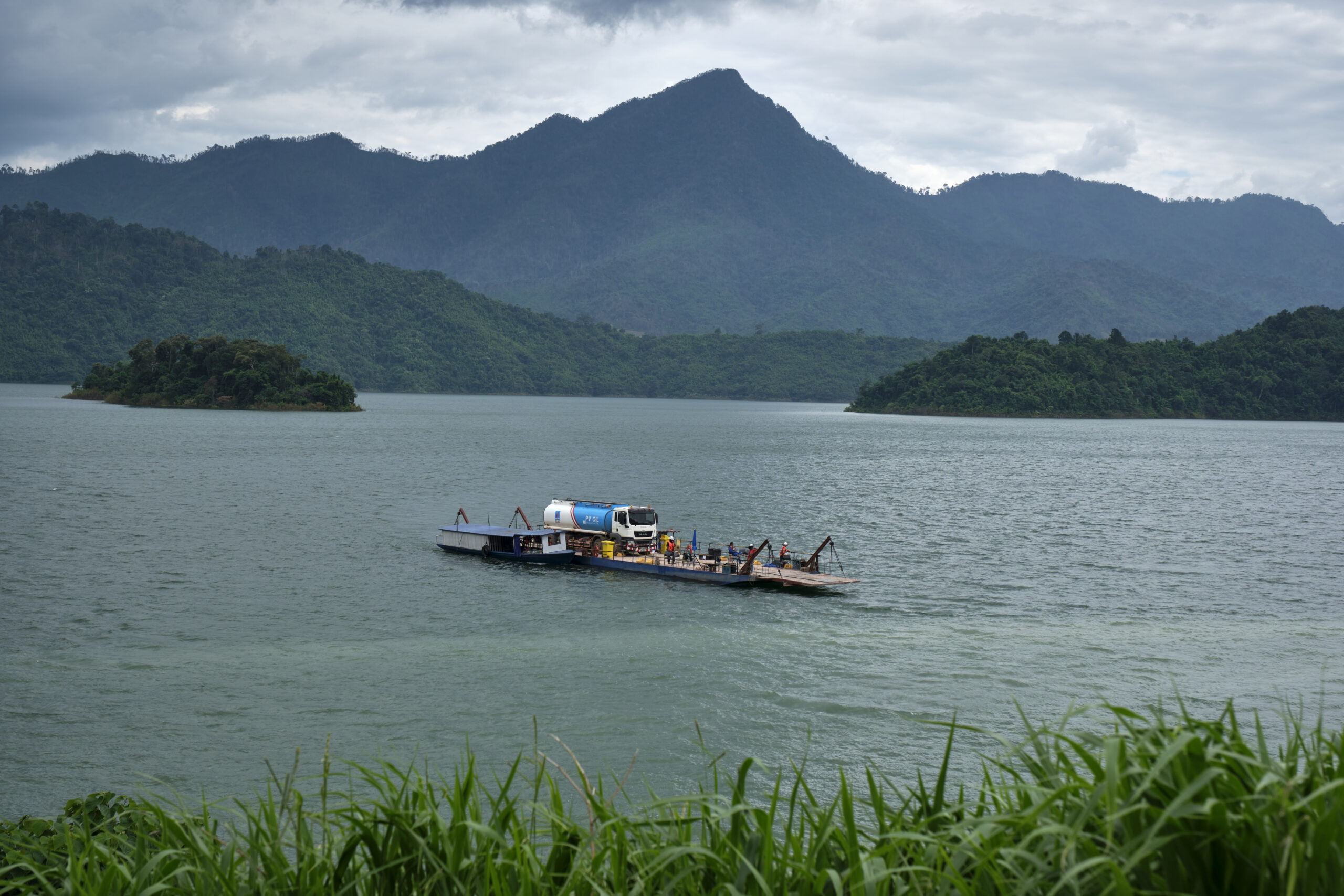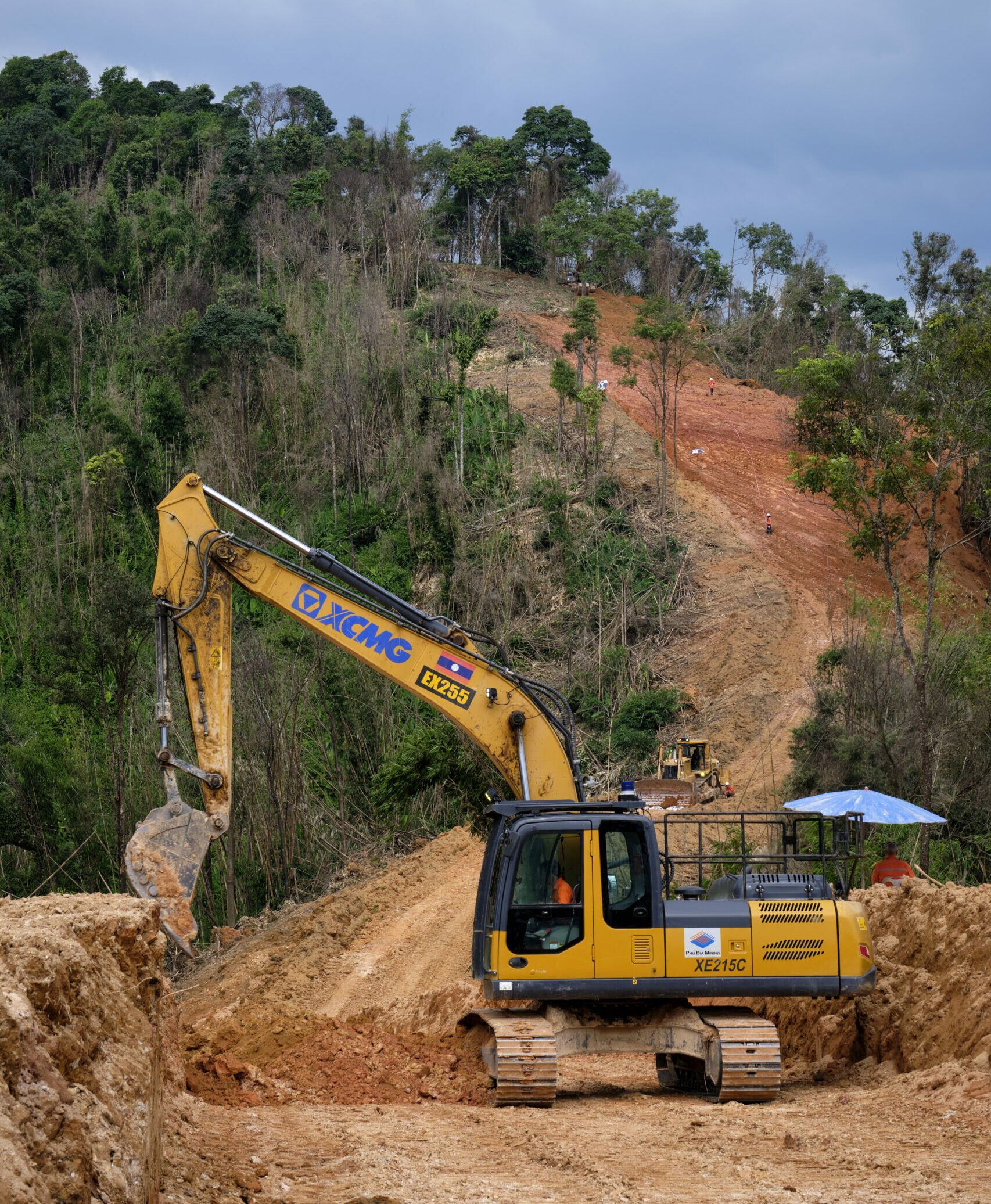Ban Houayxai Underground

The Underground Department ensures the timely, safe and cost-effective development of Phu Bia Mining’s new underground decline project.

The BHX Underground Exploration Decline commenced in H2 2023, this is part of PBM’s growth programs to target and bring online further mineralisation in the future beneath the northern end of the existing open pit.
The Ban Houayxai Underground Department is responsible for establishing highly-skilled and efficient operational and technical service teams who support PBM’s potential underground operations at BHX.
The BHX Underground Mining Department mine is responsible for the safe and efficient development of the exploration decline project, including the following:
Safety: Implementing and enforcing strict safety procedures to protect workers in the inherently hazardous underground environment.
Planning and development: Designing and planning the underground mine layout, including tunnels, mining areas and ventilation systems.
Development: Overseeing the operational aspects of underground mining equipment, ensuring quality control and meeting production targets.
Maintenance: Maintaining and repairing underground mining equipment to ensure smooth operation.
Ground control: Ensuring the stability of the underground workings to prevent rockfalls and other hazards.
Environmental management: Minimising the environmental impact of underground mining activities, such as managing water discharge and waste disposal.
The BHX project utilises various technologies for efficient and safe underground mining, including:
Development jumbo: For efficiently excavating tunnels with minimal environmental impact.
Load-haul-dump (LHD) vehicles: Transporting ore from the mine face to haulage trucks.
Ground support systems: These include surface blast monitors, rock bolts, shotcrete and mesh to ensure the stability of the underground workings.
Ventilation systems: To maintain adequate air circulation and remove dust and fumes from the mine.
Monitoring and surveying equipment: Monitor ground movement, track production progress and ensure worker safety.
Underground mining faces unique challenges compared to open-pit operations, including:
Safety: Managing the inherent risks of working underground, such as rockfalls, gas explosions and dust inhalation.
Ventilation: Maintaining adequate air circulation to remove dust and fumes and ensure worker safety.
Ground control: Preventing rockfalls and ensuring the stability of the underground workings.
Logistics: Efficiently transporting personnel, equipment and ore within the confined spaces of an underground mine.
Geological complexity: Adapting to unforeseen geological conditions encountered during mining.
As the BHX Underground project develops into a potential operating mine, BHX will consider innovations in underground mining with technologies like:
Autonomous mining equipment: To improve safety and efficiency by reducing reliance on manual operation in hazardous environments.
3D modelling and simulation: To plan and optimise mine design, improve safety assessments, and predict potential challenges.
Real-time monitoring systems: To monitor ground stability, air quality, and other critical parameters for proactive risk management.


